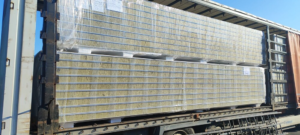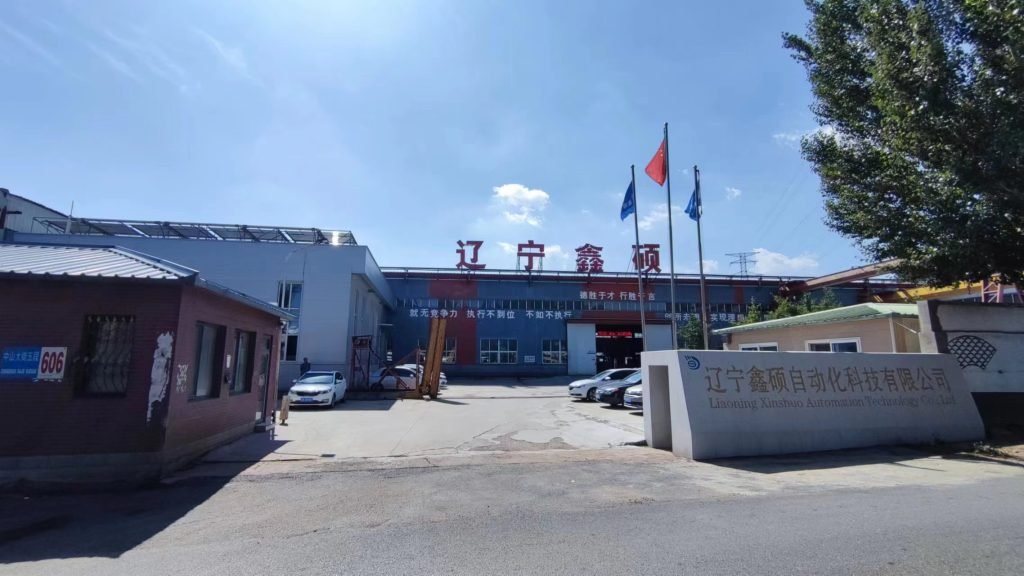Fully Automated Sandwich Panel Production Line: Overview and Key Features
A fully automated sandwich panel production line integrates advanced machinery, control systems, and modular designs to streamline the manufacturing of insulated panels used in construction, cold storage, and industrial applications. These lines are optimized for efficiency, precision, and adaptability, supporting materials like polyurethane (PU), polyisocyanurate (PIR), rock wool, and more. Below is a synthesis of key insights from industry-leading manufacturers and technologies:

1. Core Components and Automation Features
- Decoiling & Roll Forming Systems: Automated uncoilers feed metal sheets into precision roll-forming machines to shape panels. For example, Sinowa’s modular design allows interchangeable components for flexibility 3.
- Foaming Systems: PU/PIR foaming units inject insulation cores under controlled pressure (150–200 bar) with options for pentane or 141B blowing agents 47.
- Conveyor & Cutting Systems: Double-belt caterpillar conveyors and automated band saws ensure continuous production with minimal manual intervention. KINDUS highlights a fully integrated cutting and stacking system 7.
- Quality Control: TOPOLO’s lines include automated inspection platforms for pressure resistance, UV stability, and adhesive bonding, ensuring compliance with industry standards 9.
2. Leading Manufacturers and Innovations 367
- Sinowa (China): Offers high-efficiency lines with remote-control capabilities, energy consumption 40% lower than competitors, and production speeds up to 25 m/min. Their modular design supports quick customization for wall, roof, and cold storage panels.
- Fineagles (Turkey): Specializes in fully automated PU/PIR and mineral wool lines, emphasizing innovation and ISO9001-certified quality. Their systems prioritize environmental compliance and 24/7 operation.
- KINDUS (South Korea): A pioneer in localized production technology, KINDUS lines feature automated cooling, wrapping, and CE-certified foaming systems. Annual capacity reaches ~1 million m².
- Z LOCK Rock Wool Line: Designed for fire-resistant panels with secure interlocking mechanisms, ideal for industrial buildings and soundproofing 13.
3. Technical Specifications
- Production Speed: Ranges from 3–25 m/min, depending on material and panel thickness (30–200 mm) 34.
- Energy Efficiency: Sinowa’s lines use sealed insulation and low-power designs, reducing startup time to <1 hour 3.
- Material Compatibility: Supports PU, PIR, phenolic foam, rock wool, and hybrid cores. TOPOLO’s lines also accommodate honeycomb and plywood cores 9.
- Line Dimensions: Typically spans 80–120 meters in length, requiring ~400 kW power 74.
4. Advantages of Automation
- Labor Reduction: Centralized control systems (e.g., Sinowa’s HMI and PLC interfaces) minimize manual operations 3.
- Precision and Consistency: Automated thickness control (e.g., servo hoisting in Sinowa’s design) ensures uniform panel quality 39.
- Scalability: Modular configurations allow easy upgrades or adaptations for new panel types 37.
5. Applications and Market Trends
- Construction: Widely used for industrial roofing, wall cladding, and energy-efficient buildings 413.
- Cold Storage: Panels with PU/PIR cores meet strict thermal insulation requirements 3.
- Sustainability: Manufacturers like Sinowa and Fineagles emphasize eco-friendly processes, aligning with global energy-saving regulations 26.
For detailed supplier information or technical inquiries, refer to the manufacturers’ profiles in the cited sources.



